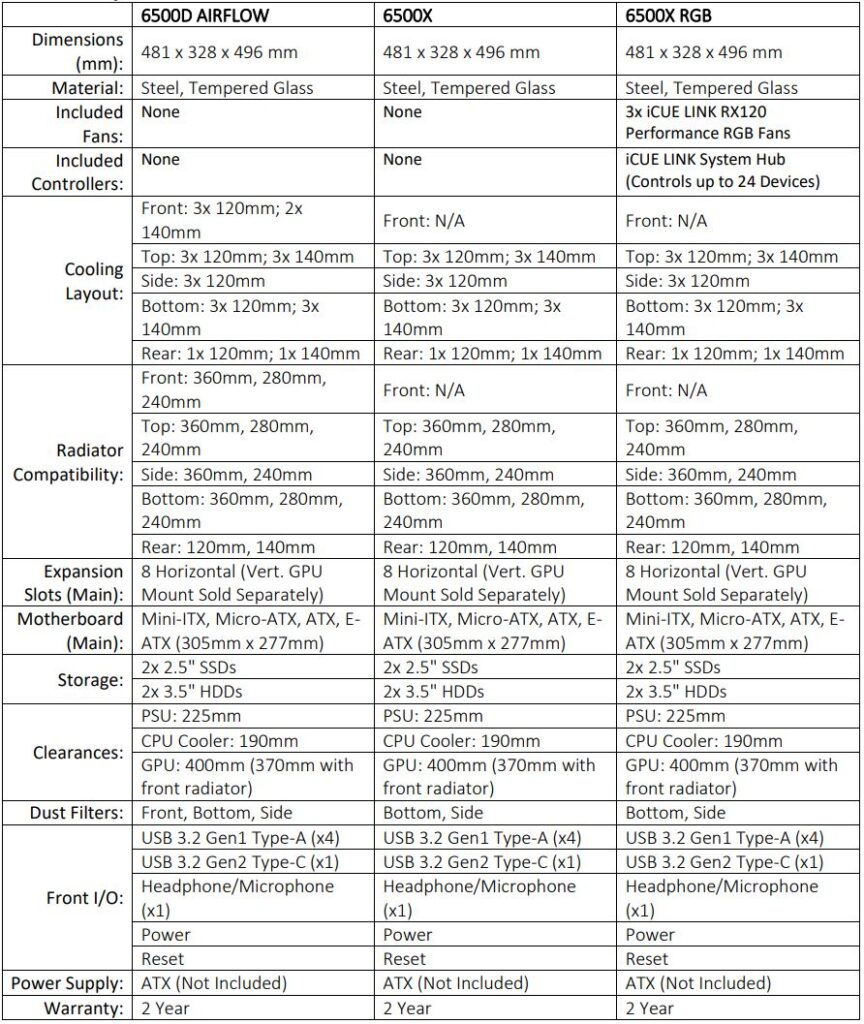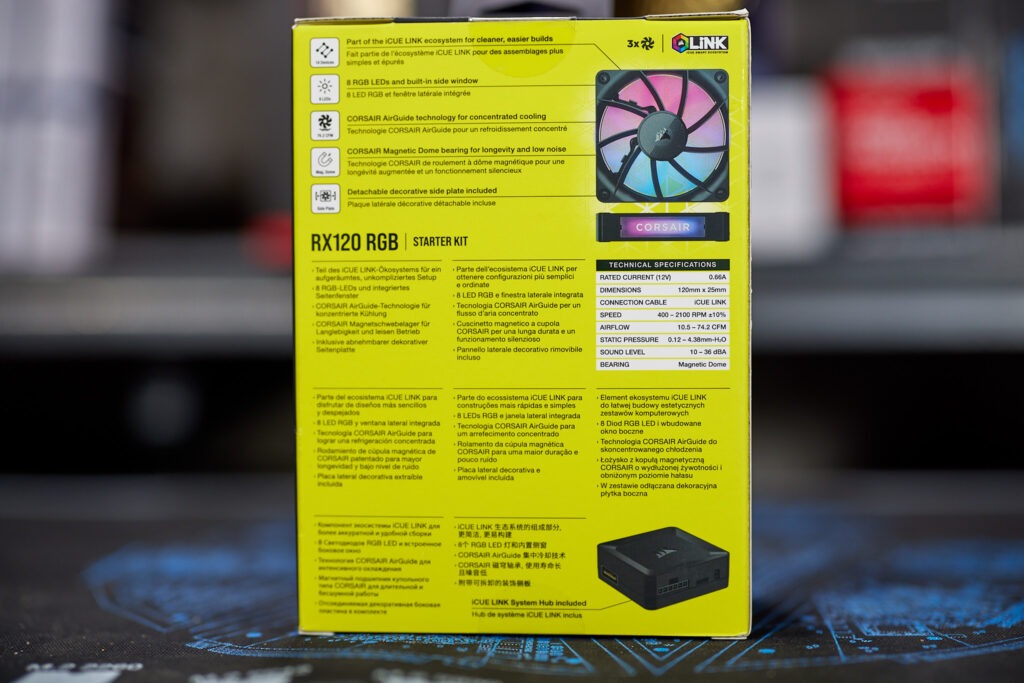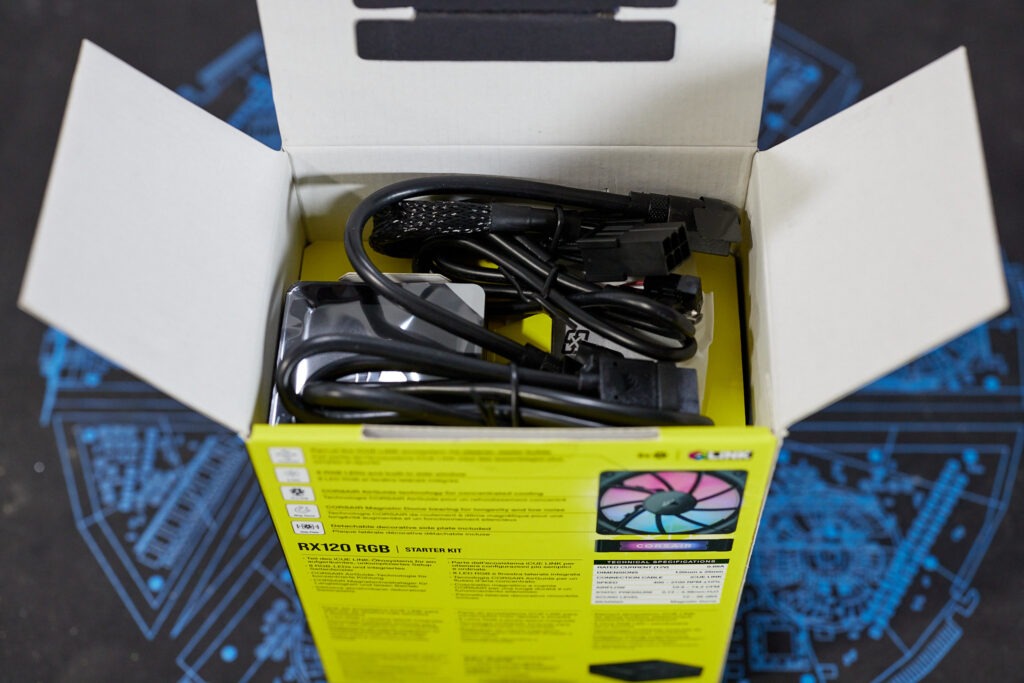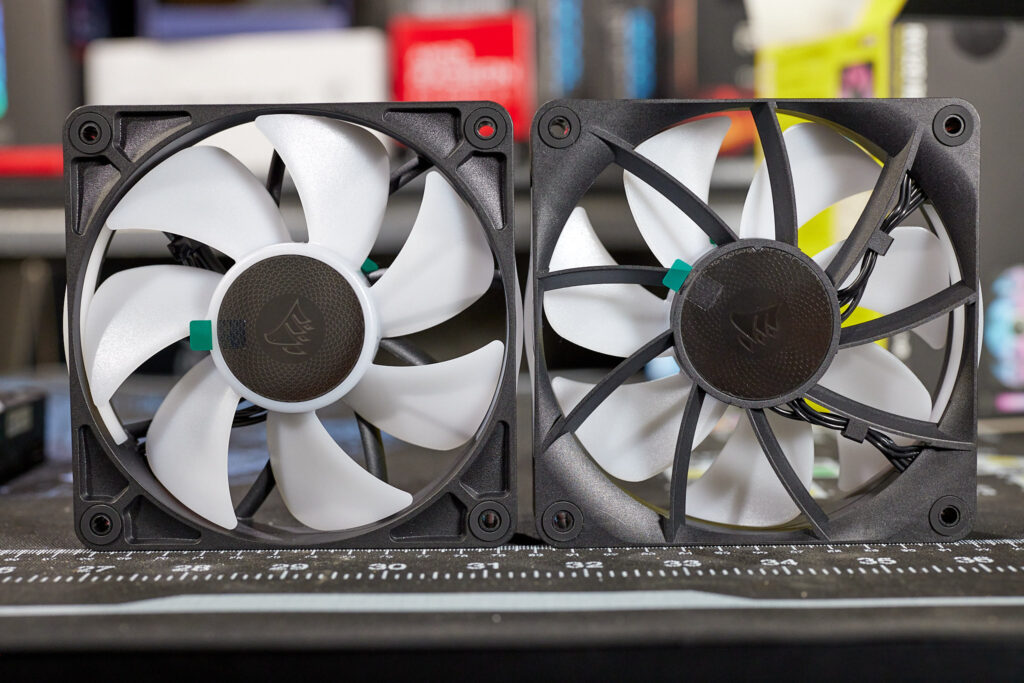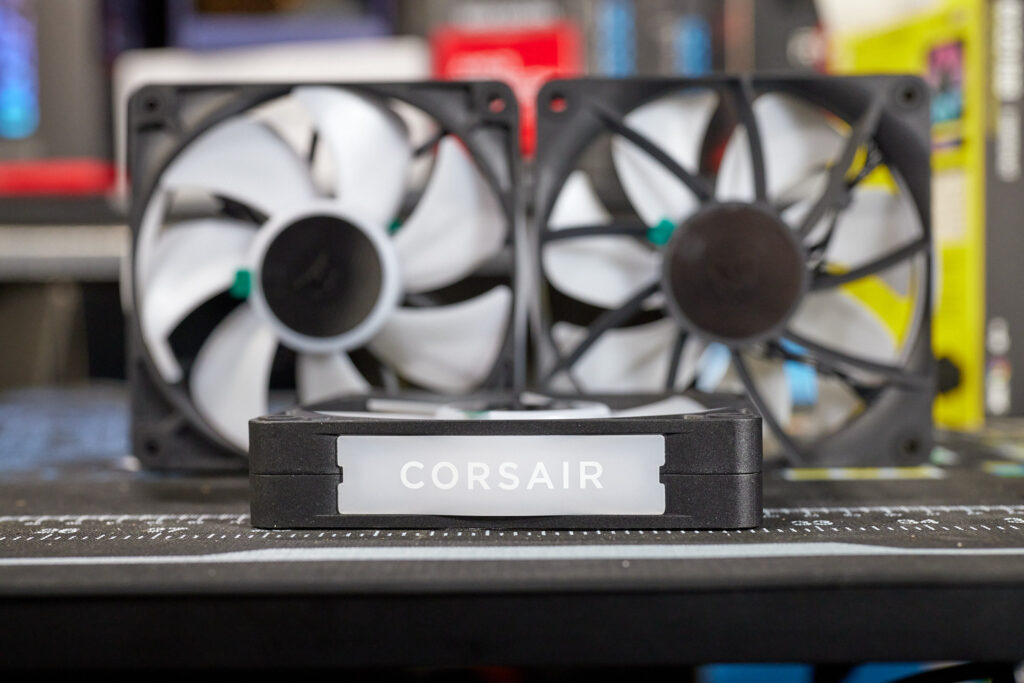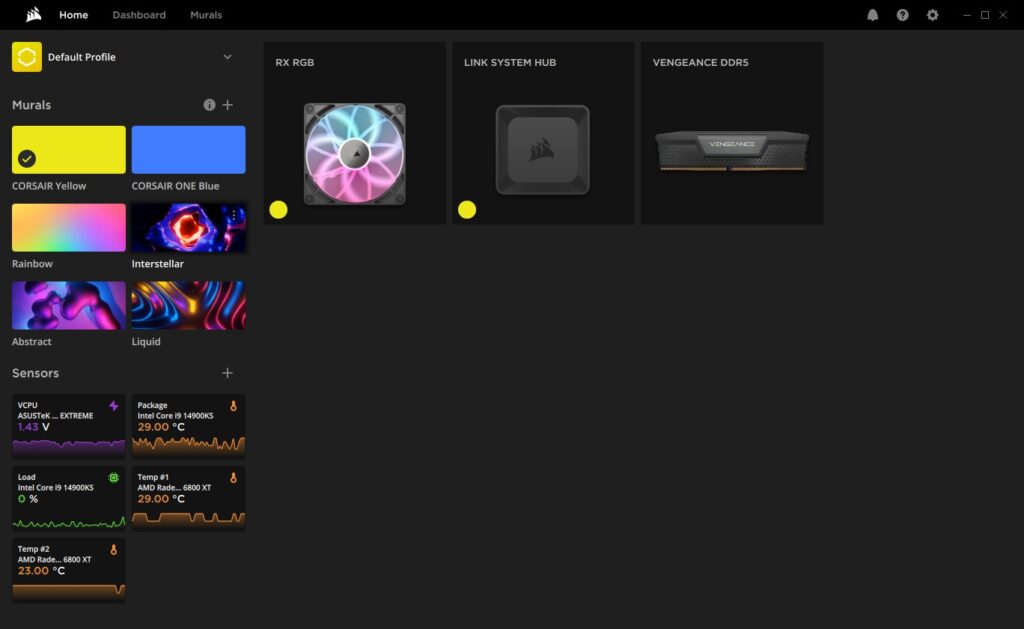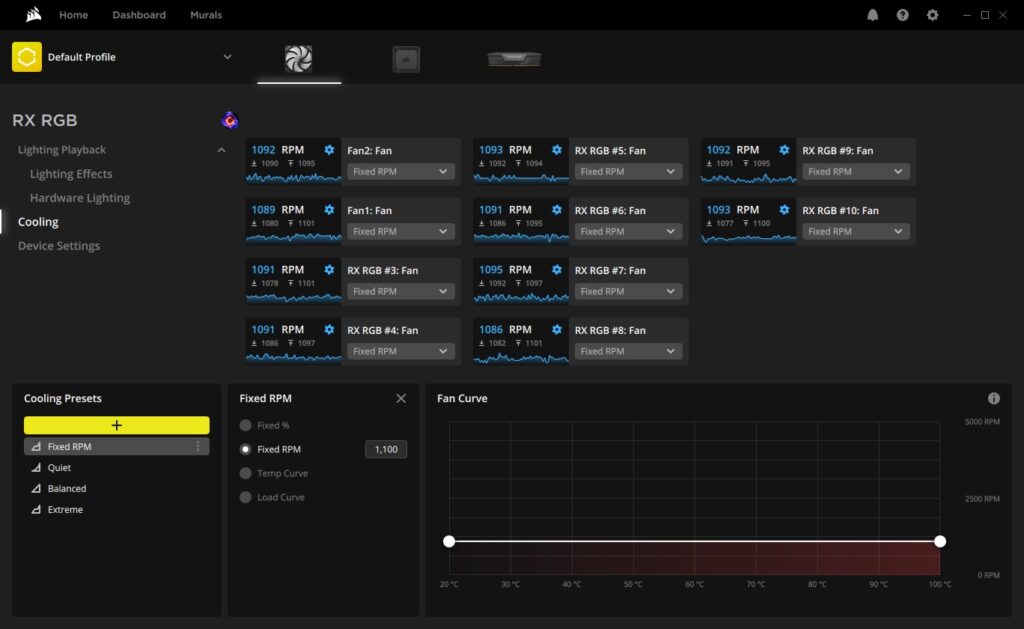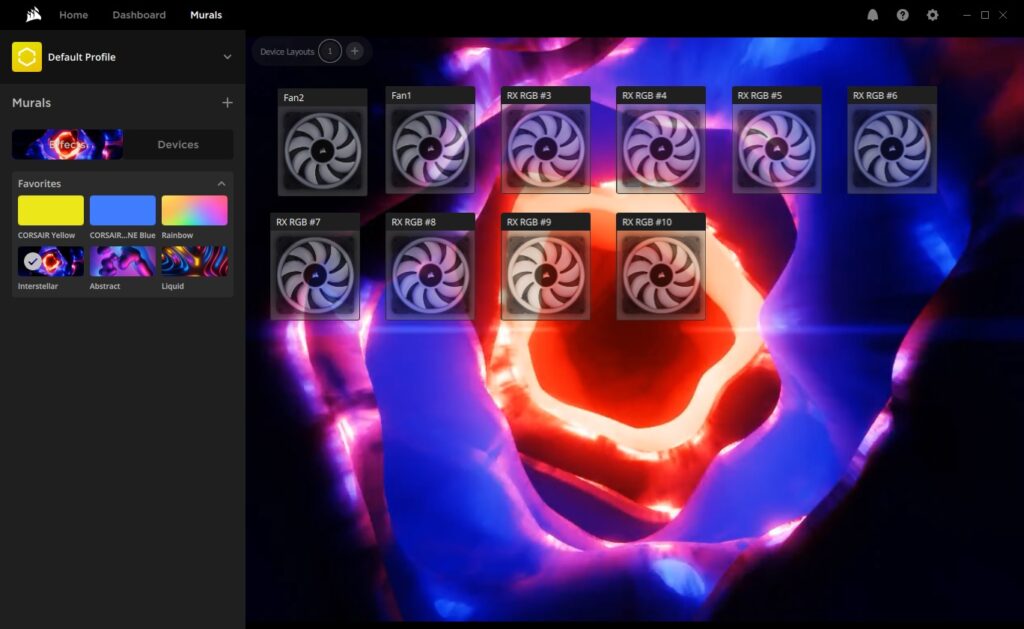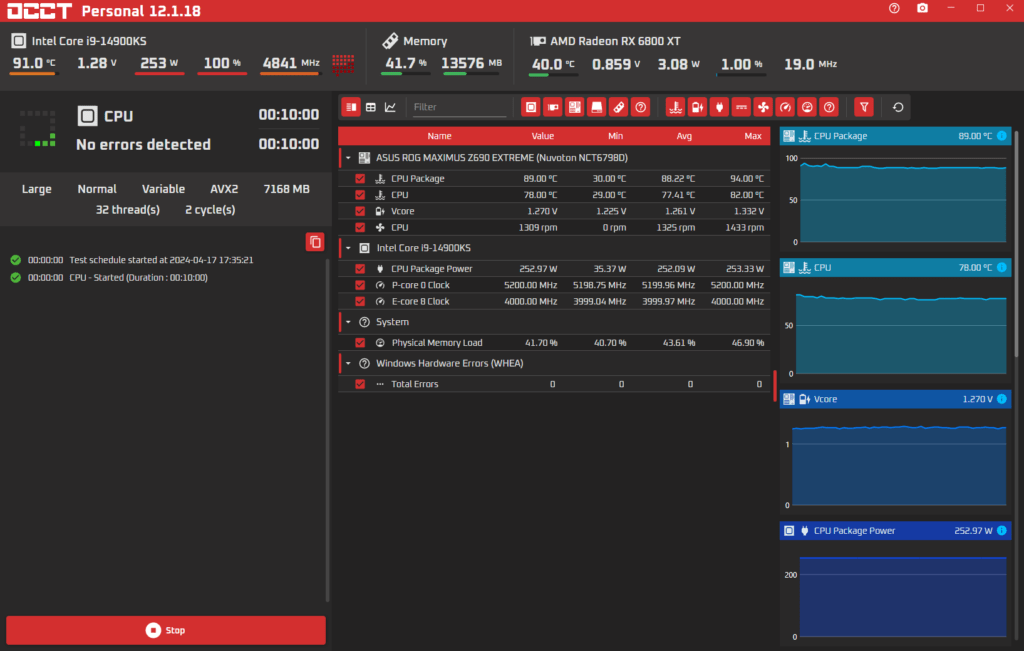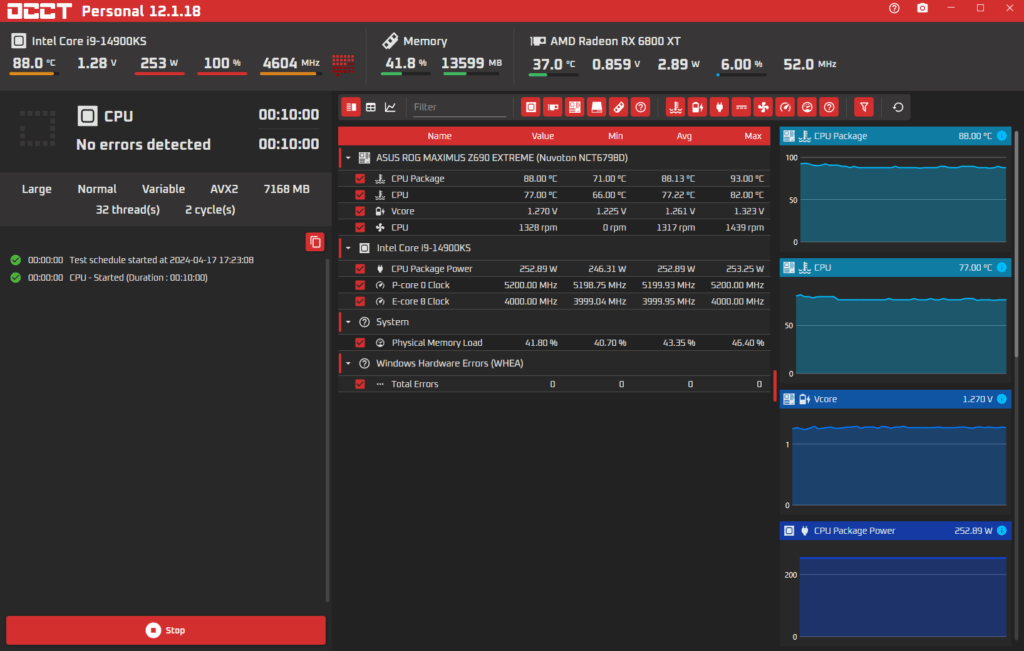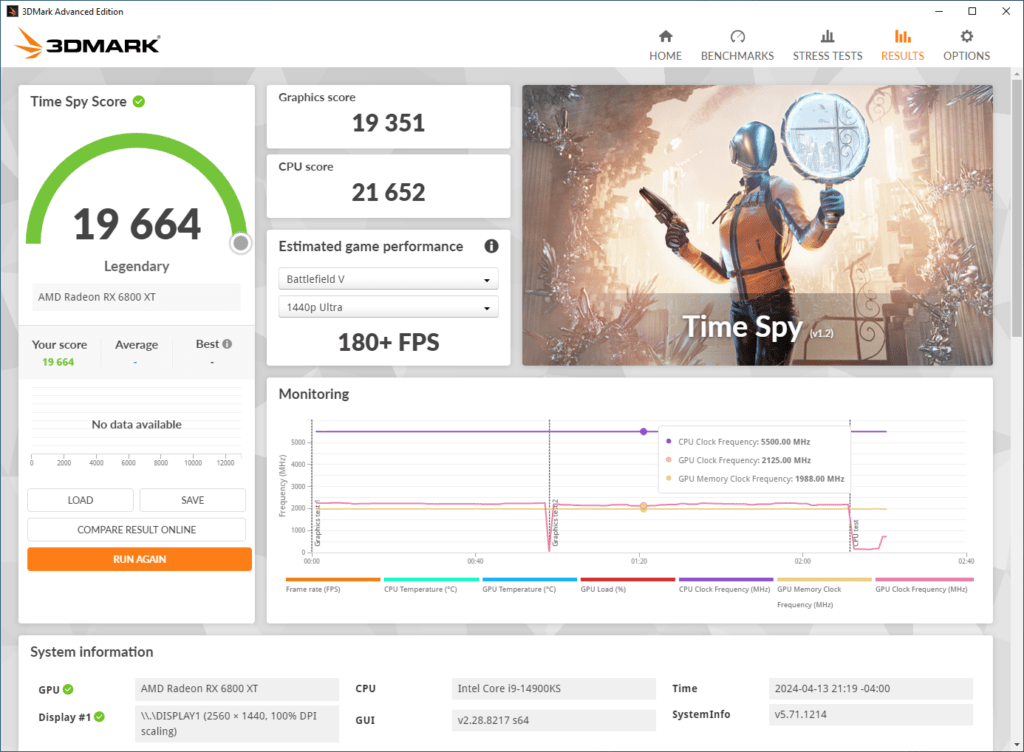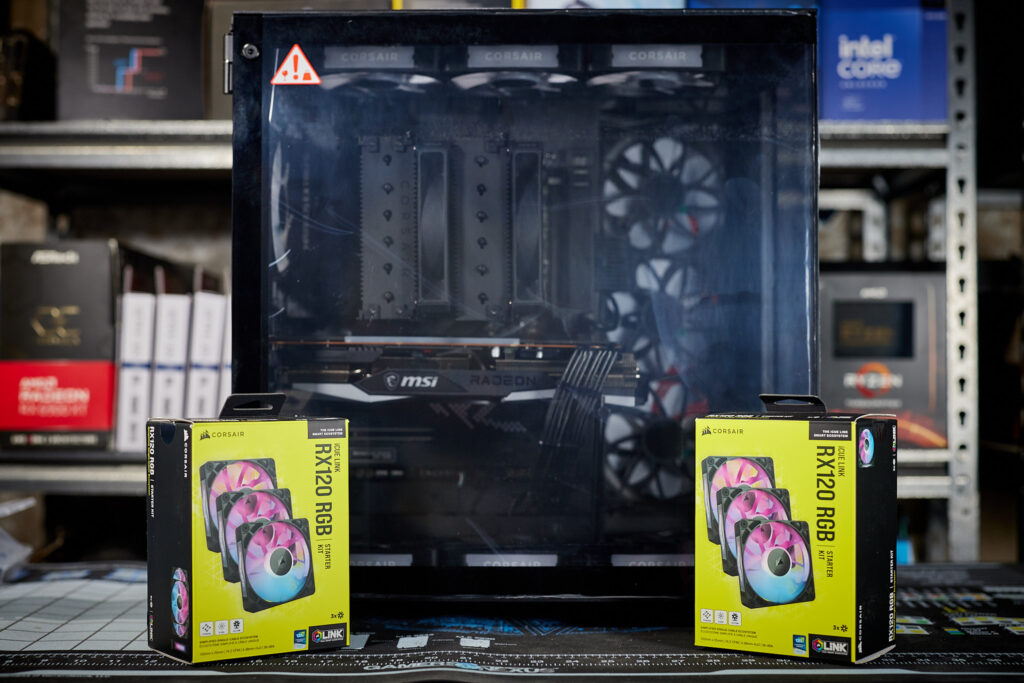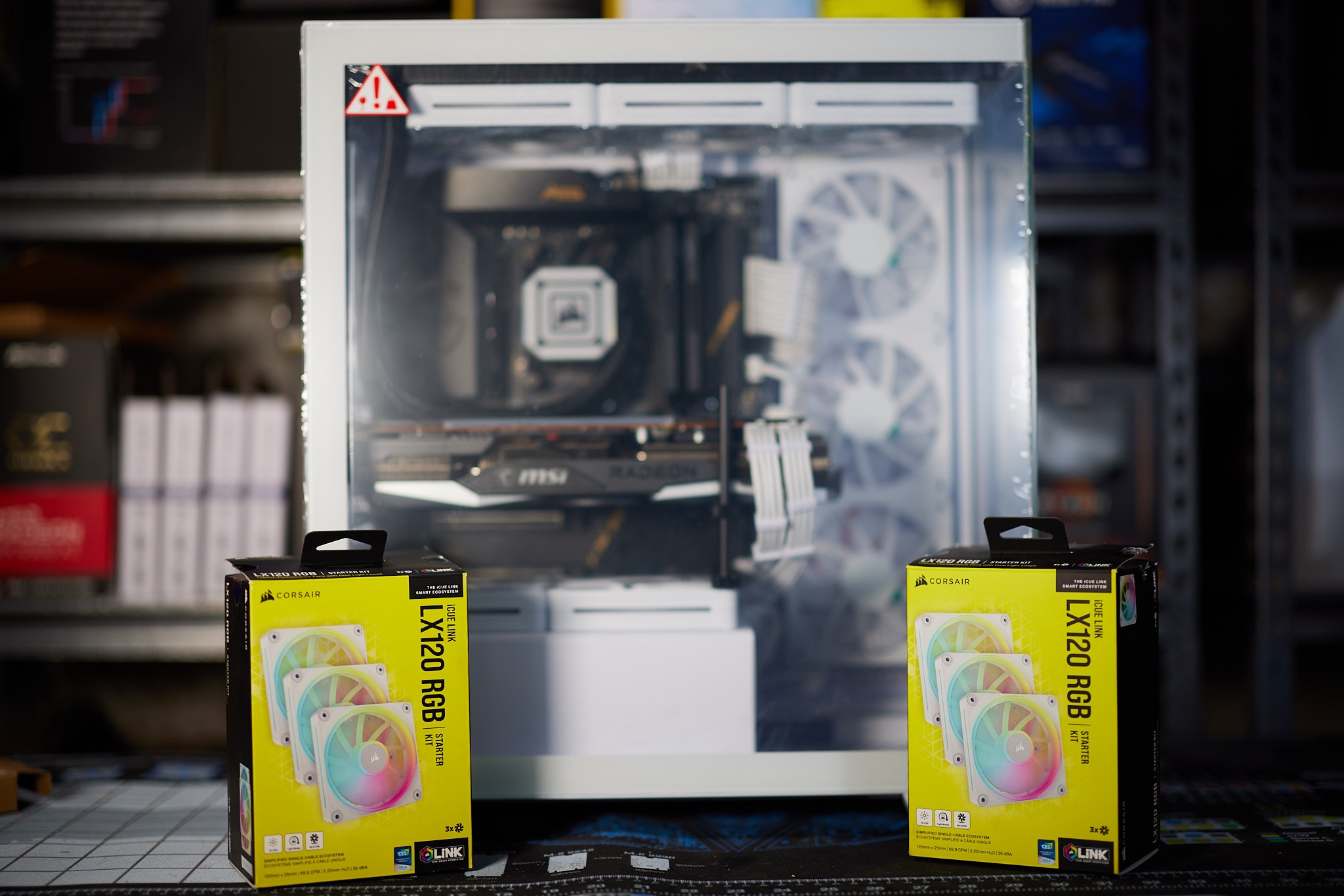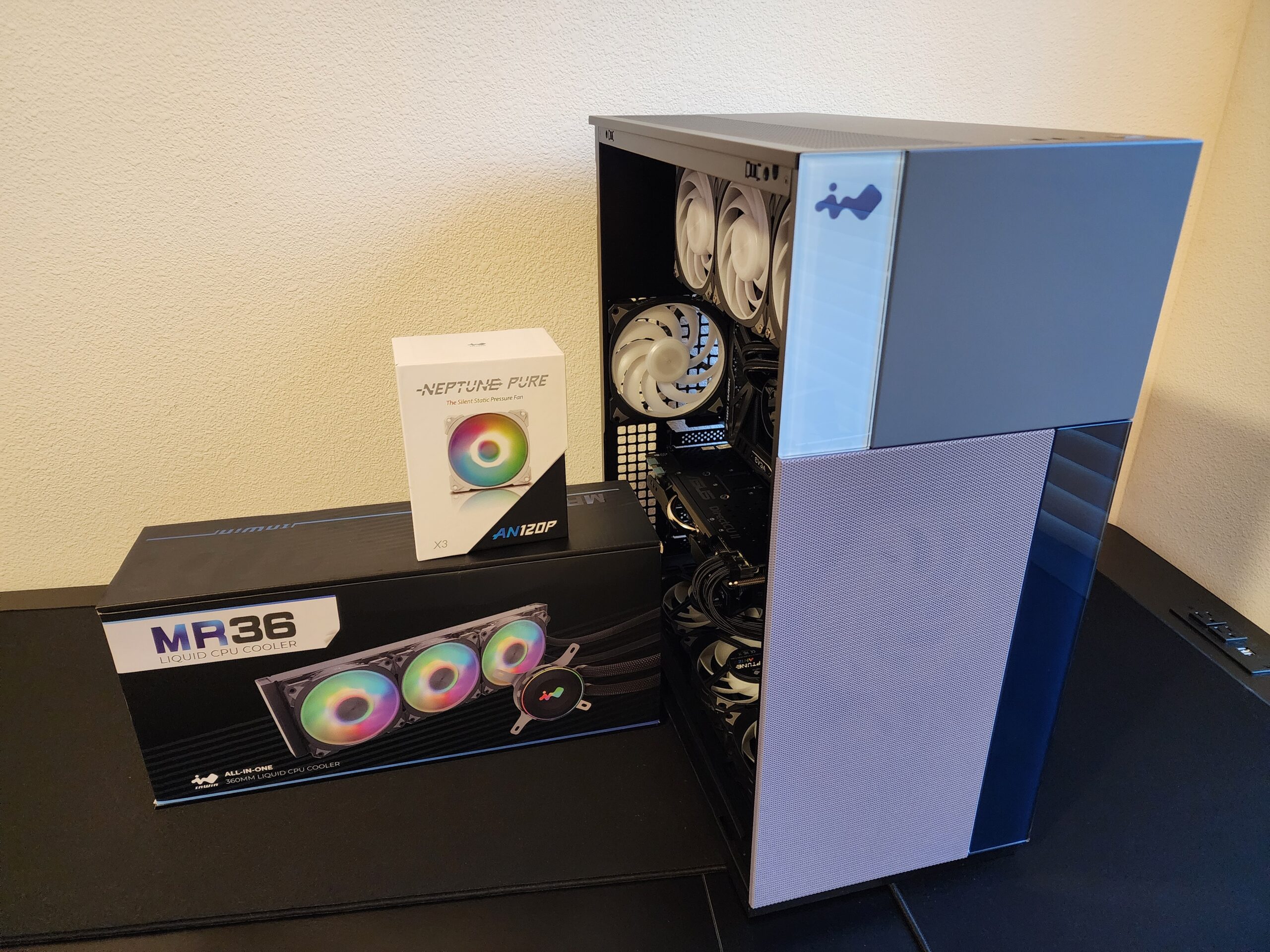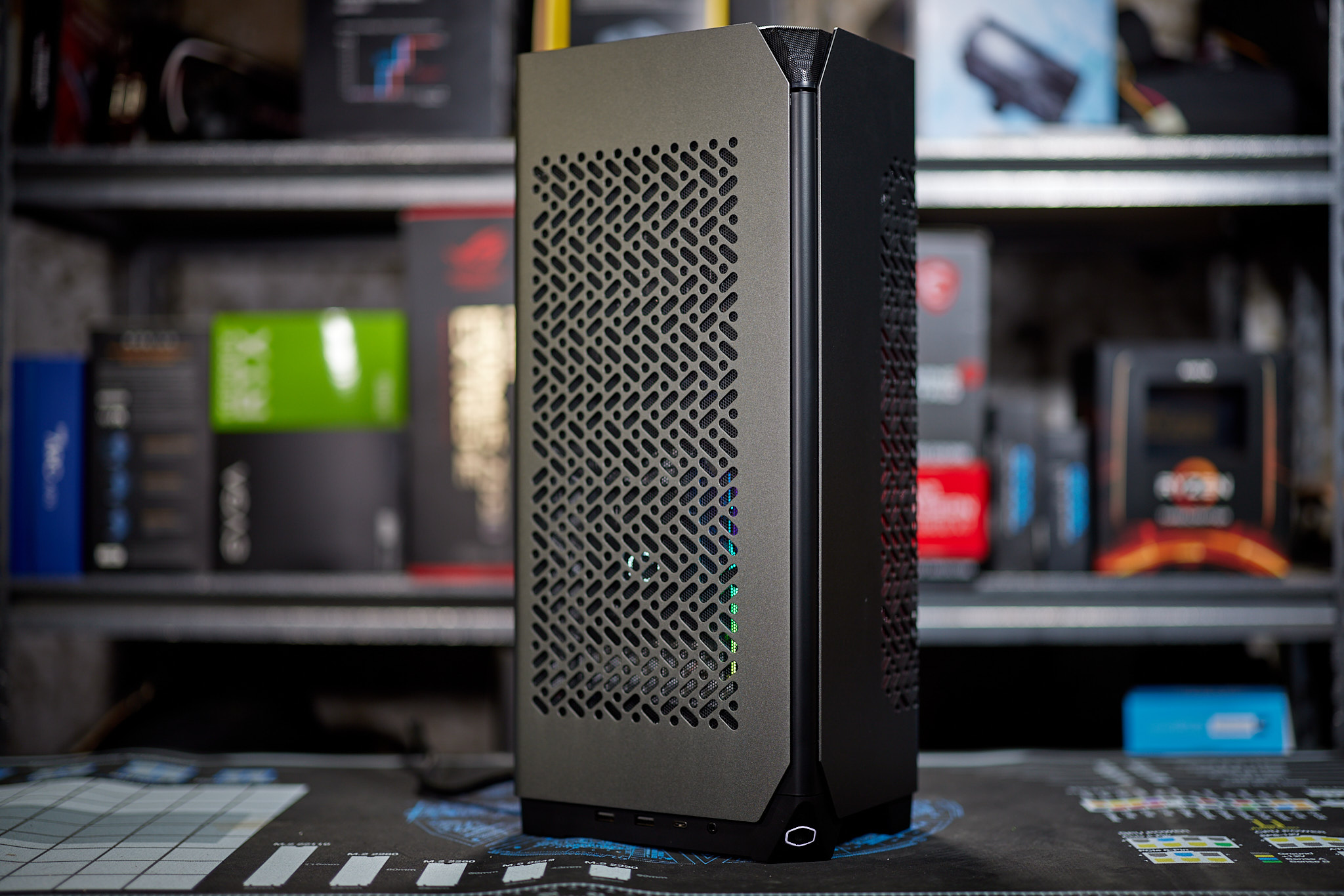The 6500X PC case was a return to form for Corsair in the dual chamber…

Today, we delve into the realm of dual-chamber PC cases with the Corsair 6500X. Heavily inspired by cases like the Air 540, the Corsair 6500X delivers modern PC amenities while embracing new motherboard standards.
Motherboard manufacturers are pitching a future with little to no visible cables. MSI, Asus, and others are developing motherboards with reverse connections; common connectors like fan headers, and 24-pin are contained on the backside. The current challenge is that most of the available cases on the market are incompatible with these proposed, competing standards. Corsair’s solution is to develop cases that support all of them. Courtesy of Corsair, we’ve been provided with this forward-thinking case and several RX120 RGB fans. Are these products right for your next build? Let’s find out.
What Corsair Wants You to Know
Corsair 6500X Case
The 6500 Series Mid-Tower Dual Chamber cases mark CORSAIR’s re-entry to the dual chamber space, building on the legacies of celebrated cases such as the 680X and the Air 540. The new line of cases aims to raise the bar in the segment with products that focus on three key areas:
- Visual and Functional Customization – Giving users the option to switch between airflow and glass configurations, as well as a number of other accessories including alternate material panels.
- Fully Embracing the “Showpiece” Role of Dual Chamber Cases – With support for reverse connector motherboards (ASUS BTF and MSI Project Zero) and iCUE LINK, cables are kept out of sight to enable the cleanest builds to date, both in the front and back of the case.
- Doubling Down on CORSAIR’s DIY DNA – These cases are designed with builders in mind. This includes a robust steel frame, cutouts and cable routing options, airflow to support even the most ambitious build, and accessories for builders with specific preferences, such as a vertical GPU bracket with a riser cable. These cases introduce new quality-of-life improvements such as redesigned cable grommets and fan screws, making building easier than ever.
The 6500 Series delivers exceptional airflow and cooling, supporting high-performance builds with room for plenty of fans and versatile radiator mounting options in the front (Airflow only), roof, bottom, and side. Compatibility with reverse connection motherboards gives you a cable-free view of your system. Route all your cables and mount up to four storage drives in the second chamber for a clean, picture-perfect build.
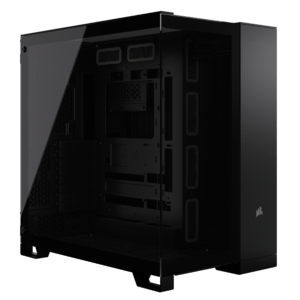 | 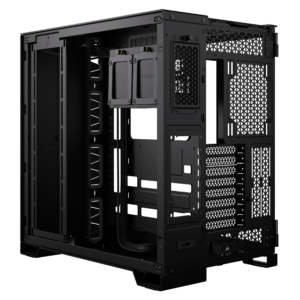 |  | 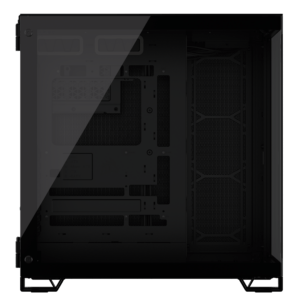 |
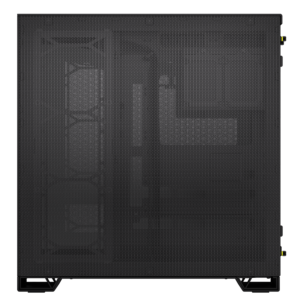 | 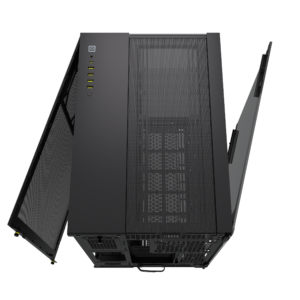 | 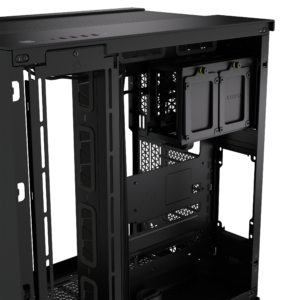 | 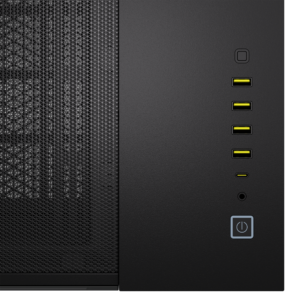 |
(click any of the above thumbnails to enlarge for viewing – click outside of image border to return to this page) |
|||
Tech Specification
Corsair iCUE LINK RX120 RGB 120mm Fans
With a groundbreaking design, CORSAIR RX120 RGB 120mm PWM Fans are among the highest performing fans in their class, delivering superior airflow at speeds up to 2,100 RPM while producing our lowest tested noise levels. Thanks to patent-pending iCUE LINK technology, your fans can connect seamlessly together, all connected to the included iCUE LINK System Hub with a single cable. Eight RGB LEDs shine with your custom lighting effects, with a built-in side window for more viewing angles. CORSAIR AirGuide Technology focuses airflow where it’s needed most while a Magnetic Dome bearing ensures high longevity and low noise, alongside Zero RPM mode for virtual silence at low loads.
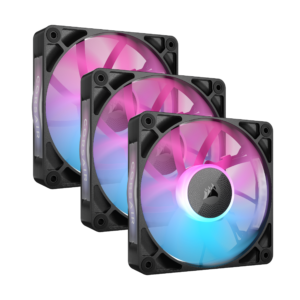 | 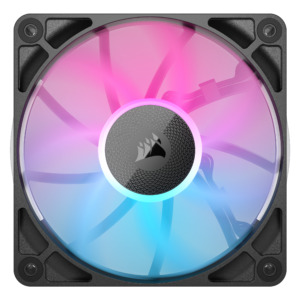 | 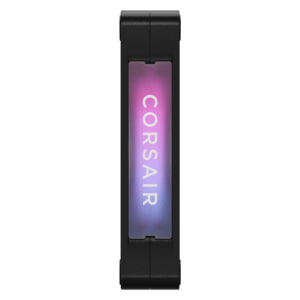 | 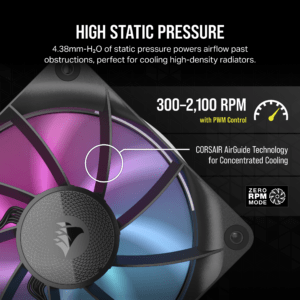 |
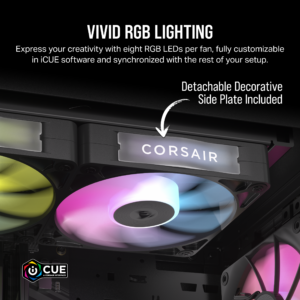 | 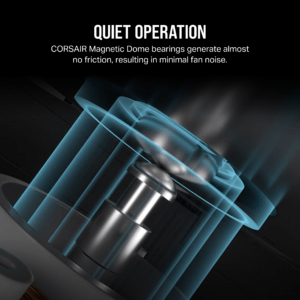 | 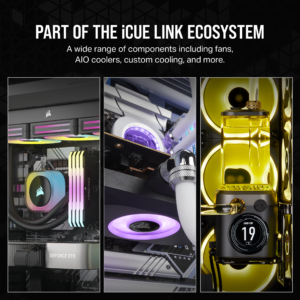 | 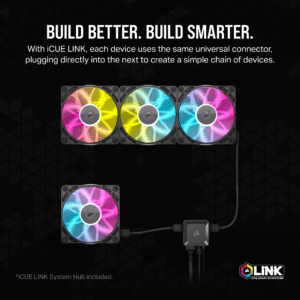 |
(click any of the above thumbnails to enlarge for viewing – click outside of image border to return to this page) |
|||
Fan Tech Specifications
Unboxing & Initial Thoughts
Case Closer Look
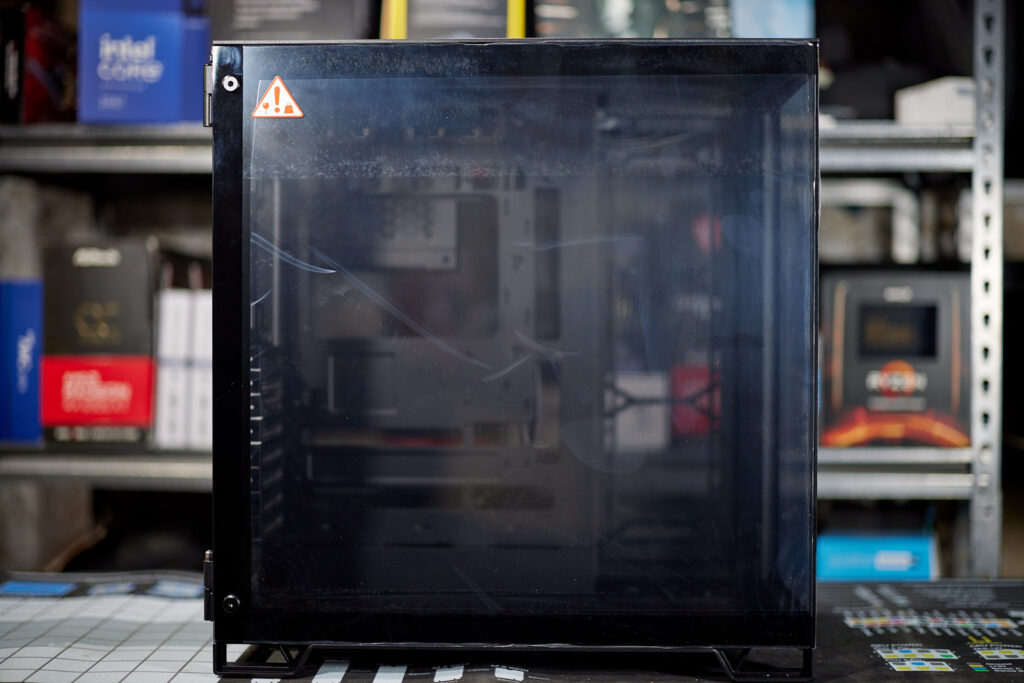
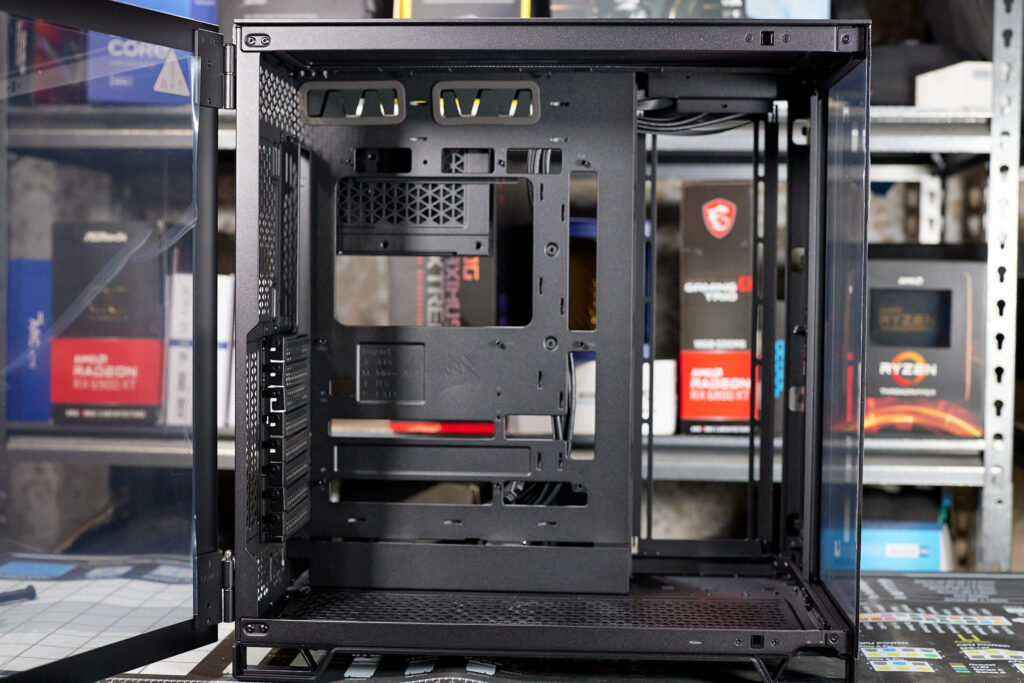
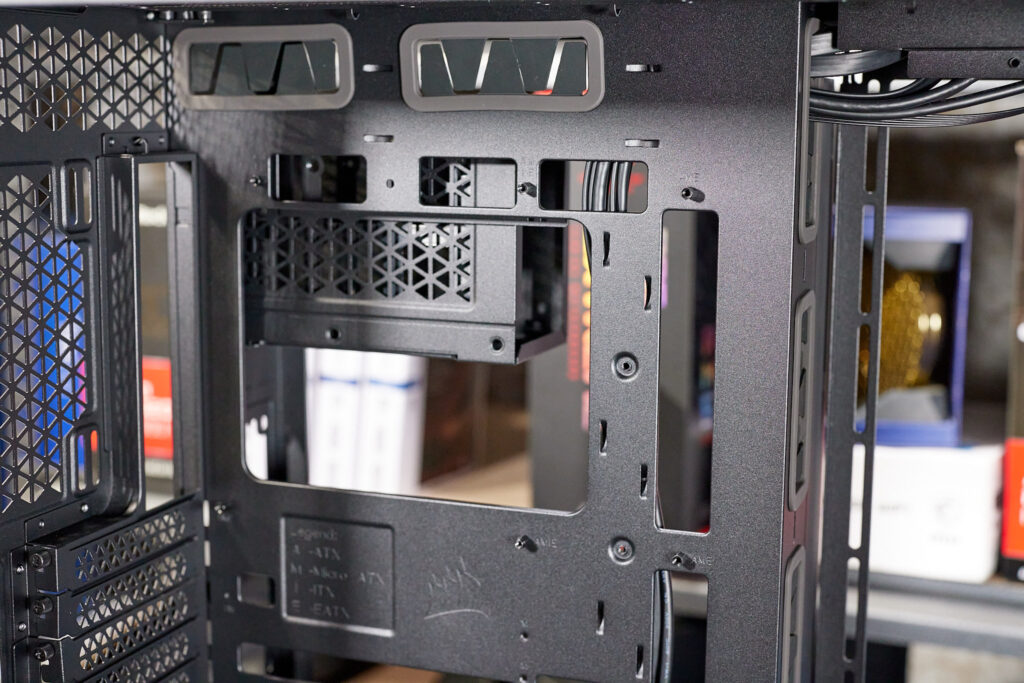
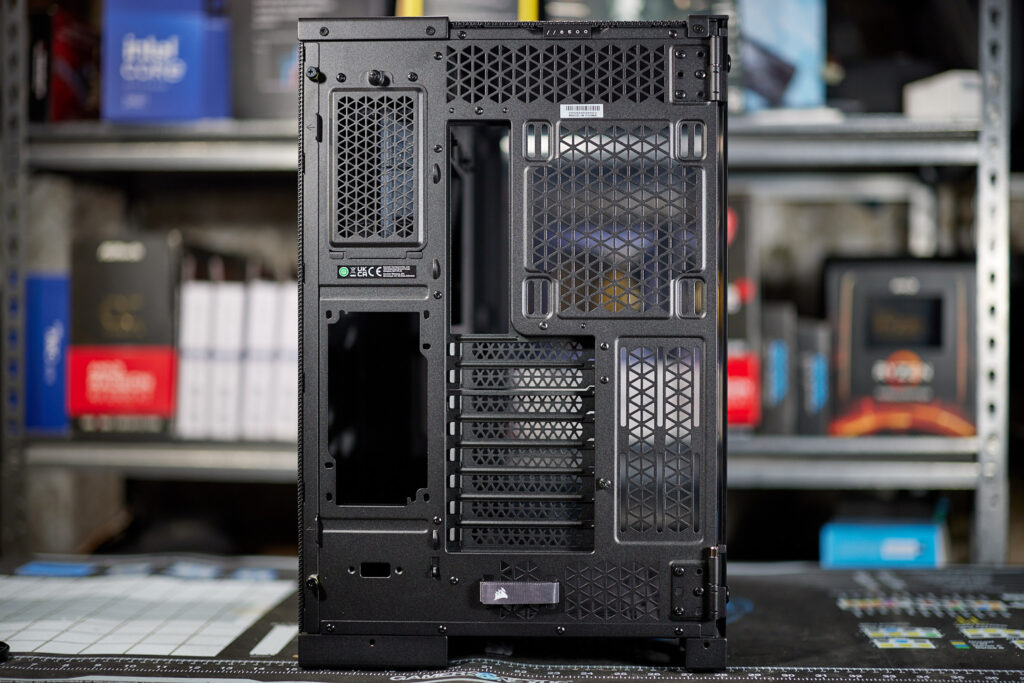
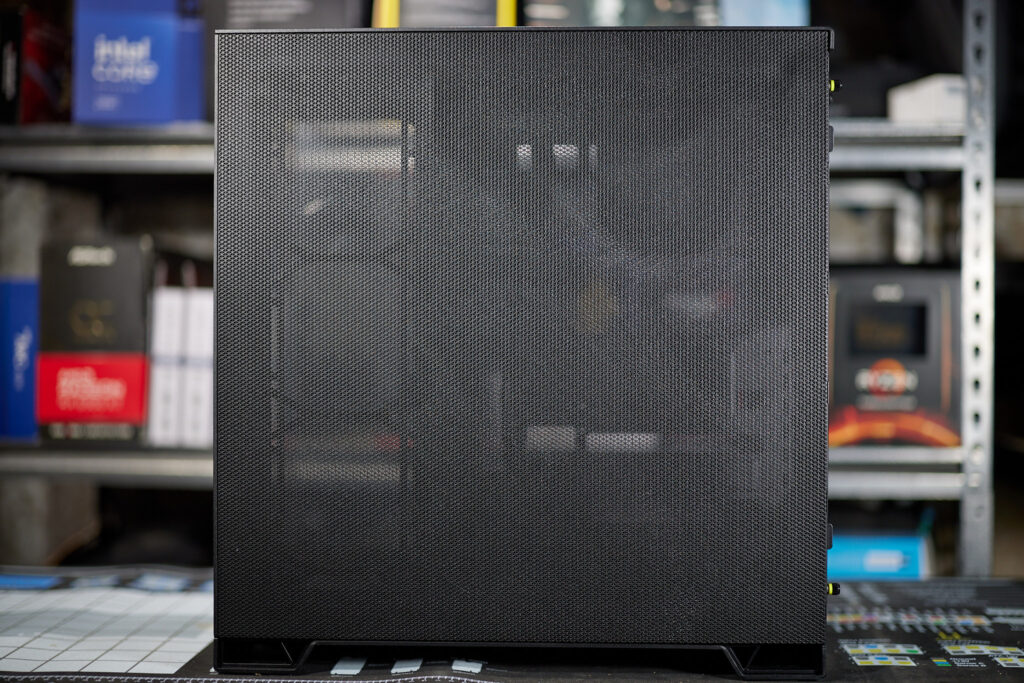
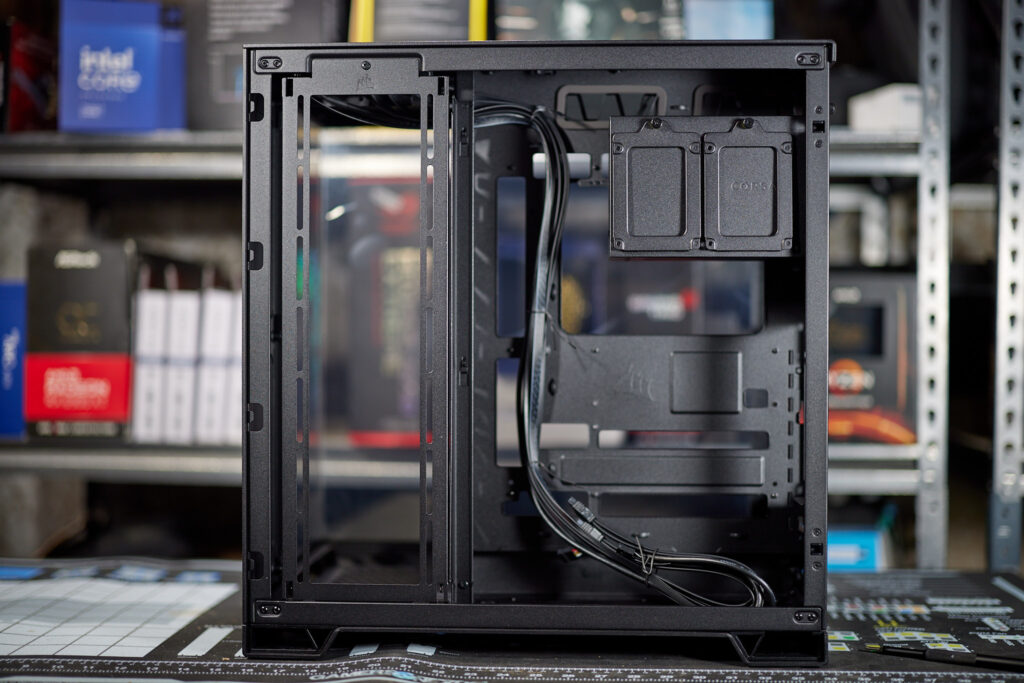
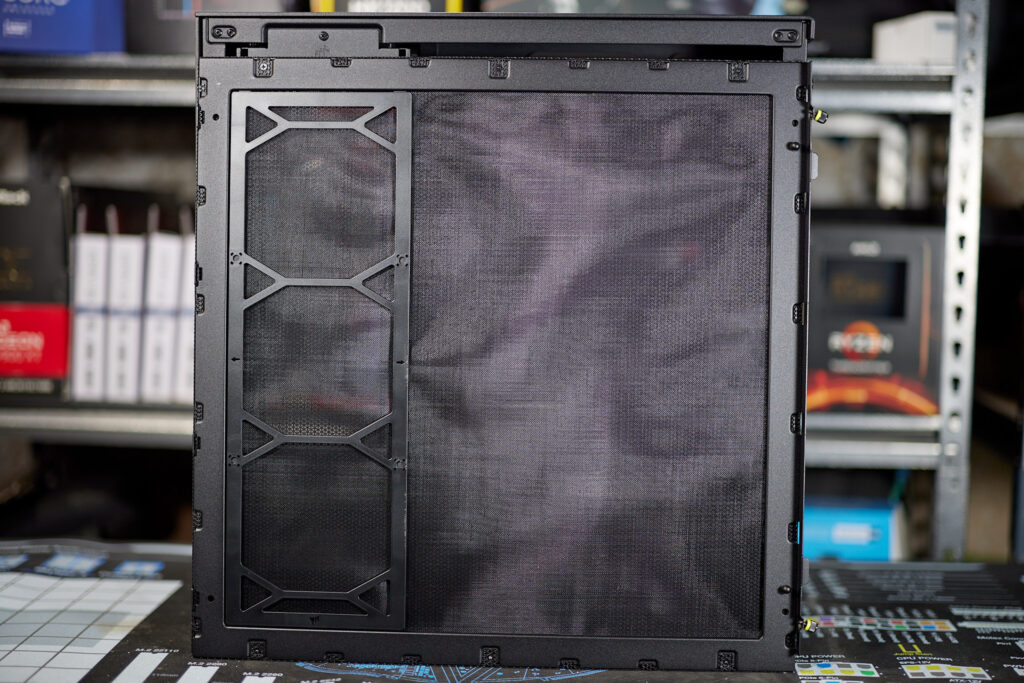
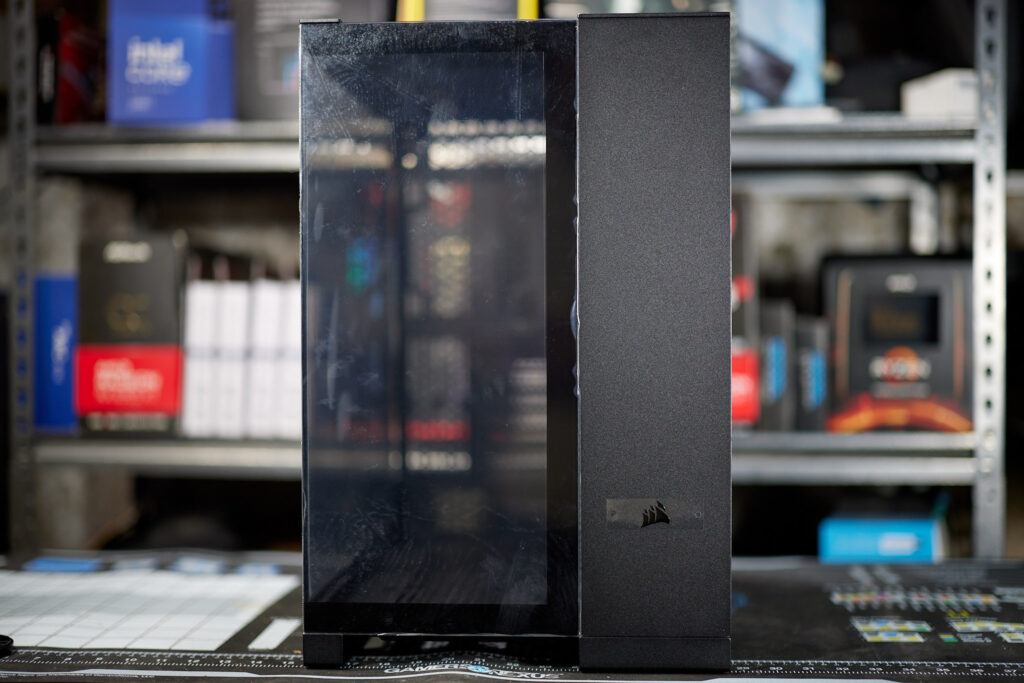
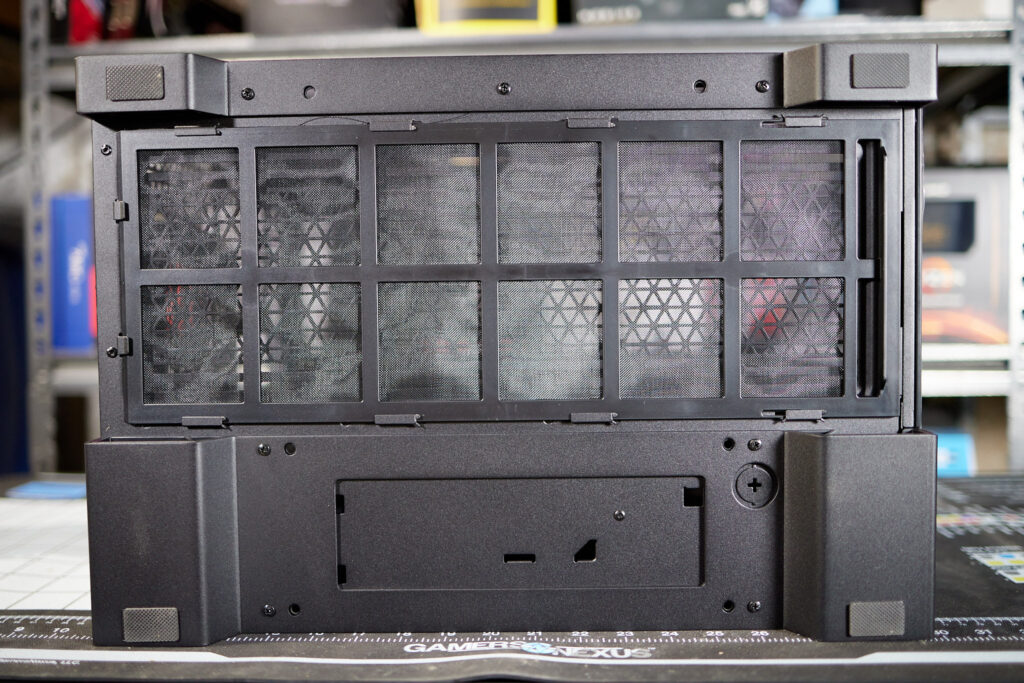
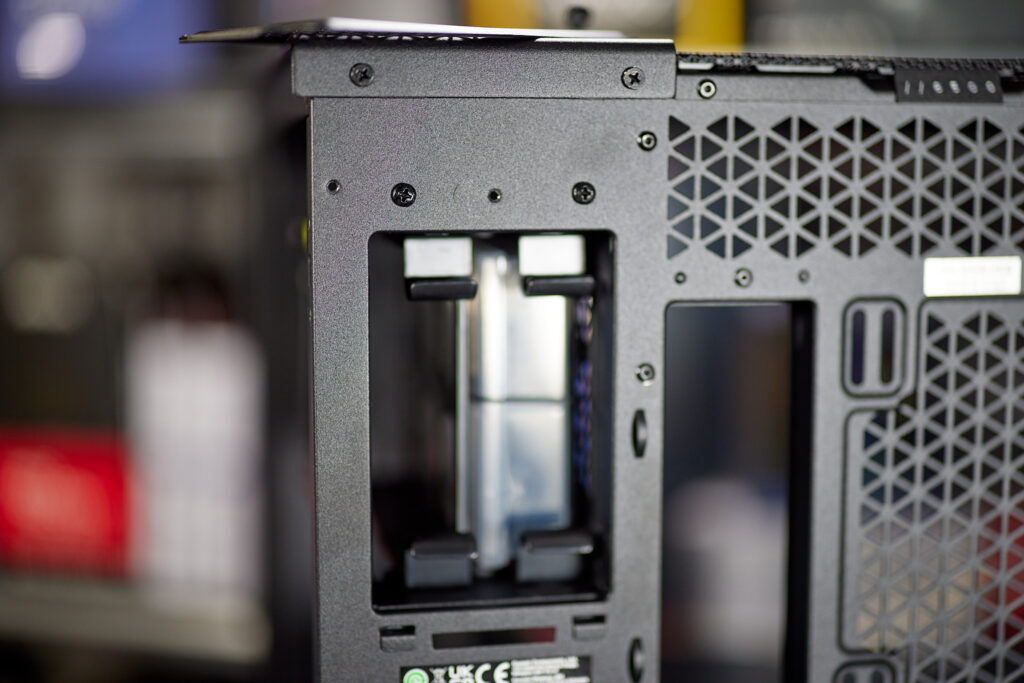
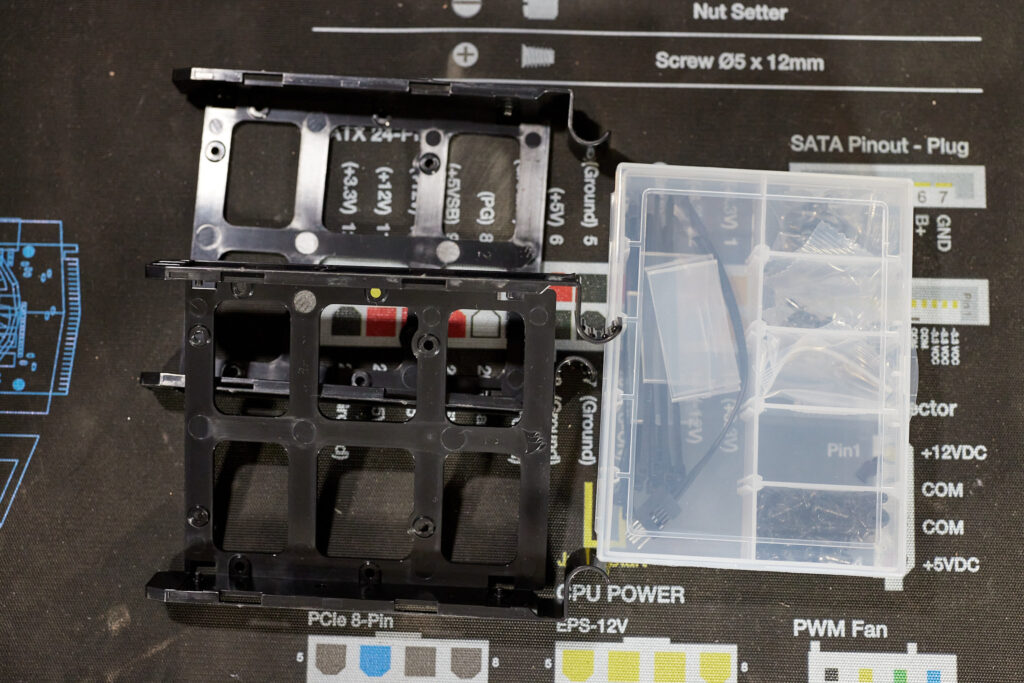
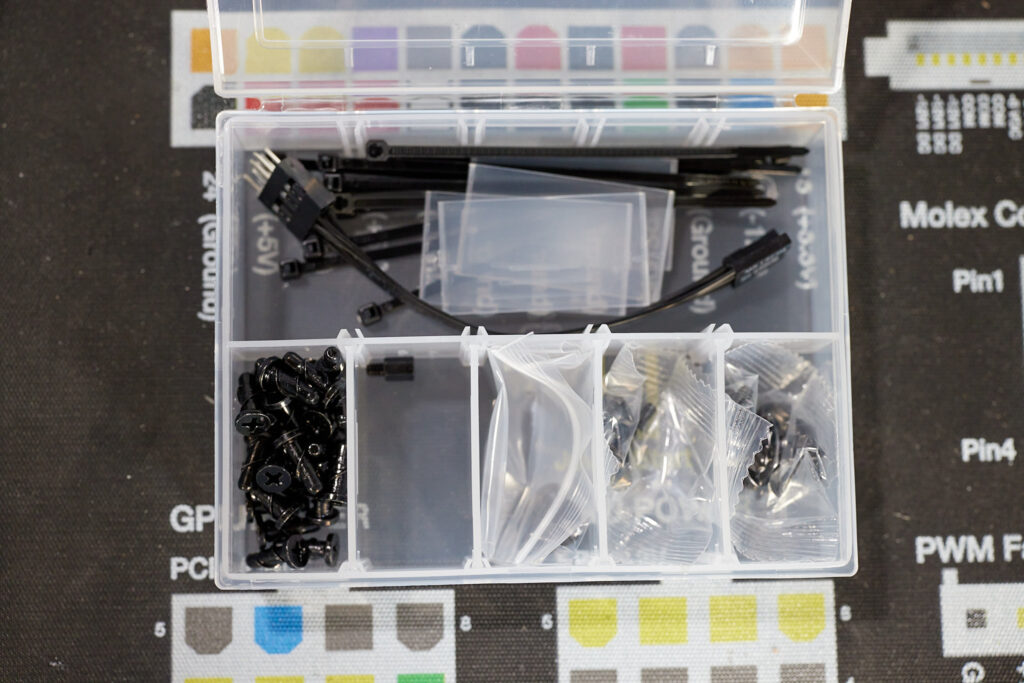
The Corsair 6500X arrived with a large thump on my PC repair/build table. Weighing at a little over 31 lbs (14kg), the case’s packaging proclaims a team lift. The case was well-protected in its packaging and arrived in excellent condition. At first glance, the 6500X marries much of what made the previous Corsair dual chamber cases great with modern influences.
The 6500X doesn’t include PC fans, however, it is aimed at watercooling enthusiasts. The case supports 360/280mm radiators on the front, top, and 360mm on the side. What does come with the 6500X are two 3.5” HDD trays in a caddy, two 2.5 storage trays, and case hardware. I wish the 3.5” trays came with some insulation to help dampen the vibration of any installed HDDs.
If you are looking for a 6500 series case, Corsair does offer the 6500X RGB with three pre-installed iCUE LINK RX120 fans for an additional $70 over the standard 6500X. That’s a good deal if you consider the iCUE LINK RX120 fan kit retails for 99.99 USD.
The cabinet behind the motherboard tray is spacious. While not as open-ended as the Air 540, you can still add a reservoir/pump combo in the 6500X’s rear chamber if you forgo the 3.5” caddy. Corsair earns bonus points on the 6500X’s bottom dust filter. It is accessible from the front of the case, making cleaning it easy if you have the case against a wall.
In almost traditional Corsair fashion, the front panel I/O is on the top of the case. This may annoy some users who keep their towers on a table and not beneath. The I/O selection is good, with power/reset buttons, four USB 3.2 Gen 1 Type-A, one USB 3.2 Gen 2 Type-C and one 3.5mm combo jack port.
Corsair offers optional premium accessories for the 6500 series. Three wood and two aluminum panel options can drastically change the look and feel of the case. These options come at a premium price, ranging from $75 to $100. I am fond of the OBSIDIAN and WALNUT panelling.
Fan Closer Look
The Corsair iCUE LINK RX120 RGB is Corsair’s high-performance centric fan series. At 120mm x 25mm, the RX120 fans are engineered to excel at air cooling and static pressure with lower noise output. The RX120 fans offer up to 2,100(+/- 10%) RPM while providing up to 74.2 CFM or 4.38mm-H20 static pressure.
What I love about these fans are the magnets that help keep them together, alongside the iCUE LINK bridge connectors. The RX120 fans are a part of the iCUE LINK ecosystem, allowing you to daisy-chain multiple iCUE LINK compatible products.
The Corsair iCUE LINK RX120 RGB fan kits I received contain three 120mm fans, one iCUE LINK system hub, two LINK cables, 6-pin power adapter, internal USB header cable, and two LINK bridge connectors.
Installation Quick Thoughts
Installing PC components in this case is straightforward. While the 6500X supports reverse connector motherboards from ASUS BTF and MSI Project Zero, I installed a traditional E-ATX front connector motherboard. I have to note, that I was afraid the motherboard I chose would be too wide for this case. Surprisingly, it sat flushed with the edge of the case’s motherboard tray. The total build time was a little over 60 minutes with basic cable management.
Corsair correctly asserts that using the iCUE LINK system makes installation easy. I installed ten system fans, six as intake (side and bottom) and four as exhaust (top and rear). A single iCUE LINK system hub is all that was required to connect all ten RX120 fans. Admittedly, I am against proprietary PC components. However, if you plan to stick within the iCUE LINK ecosystem, you will love the integration and ease of use.
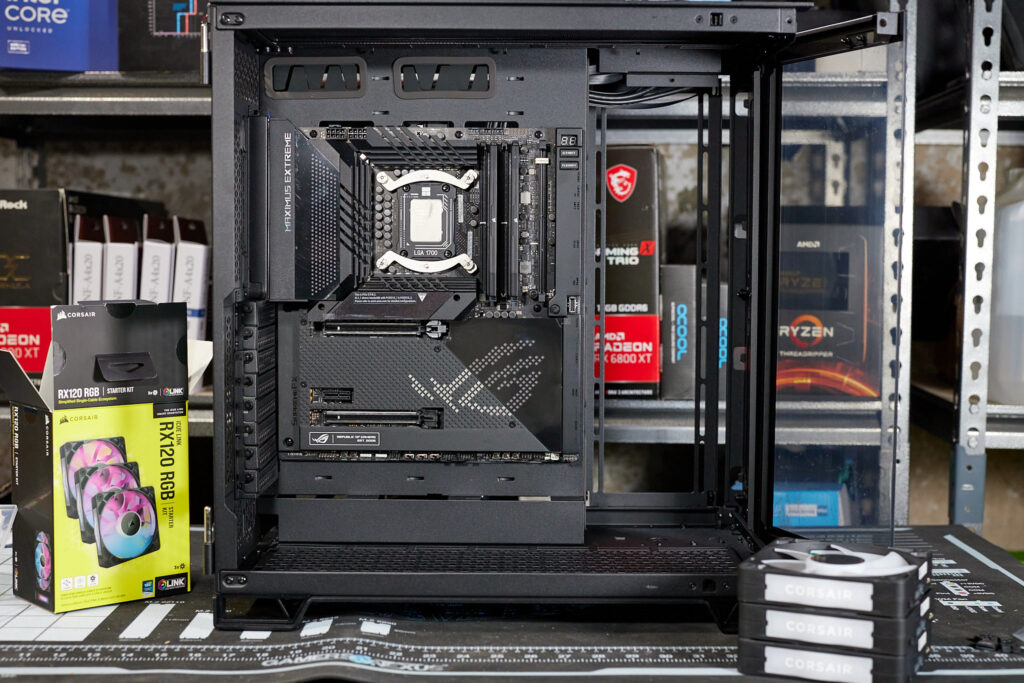
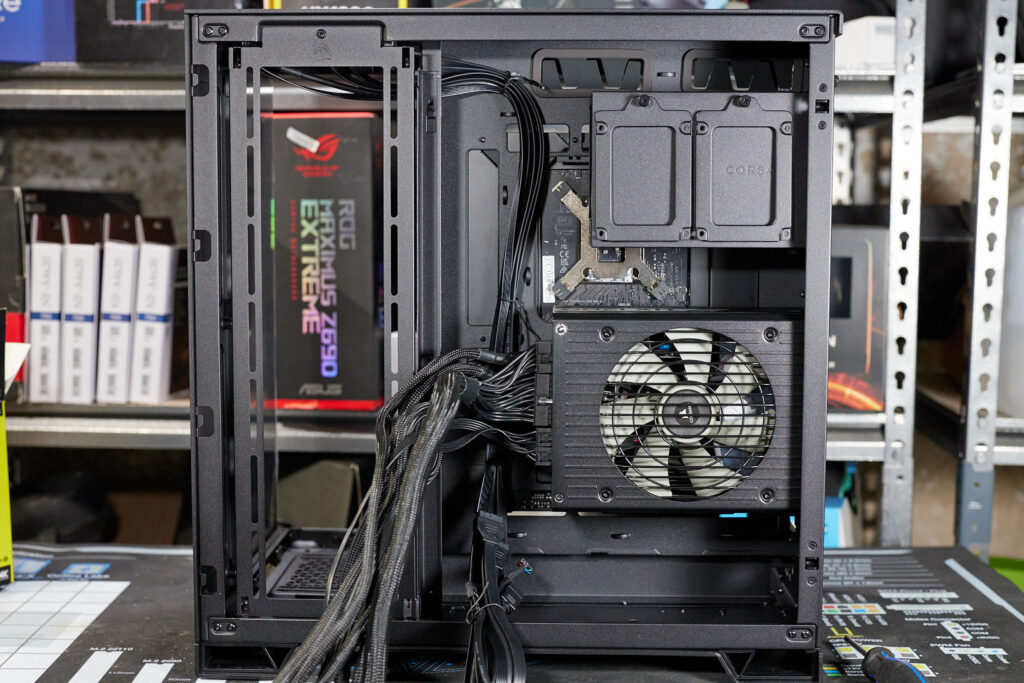
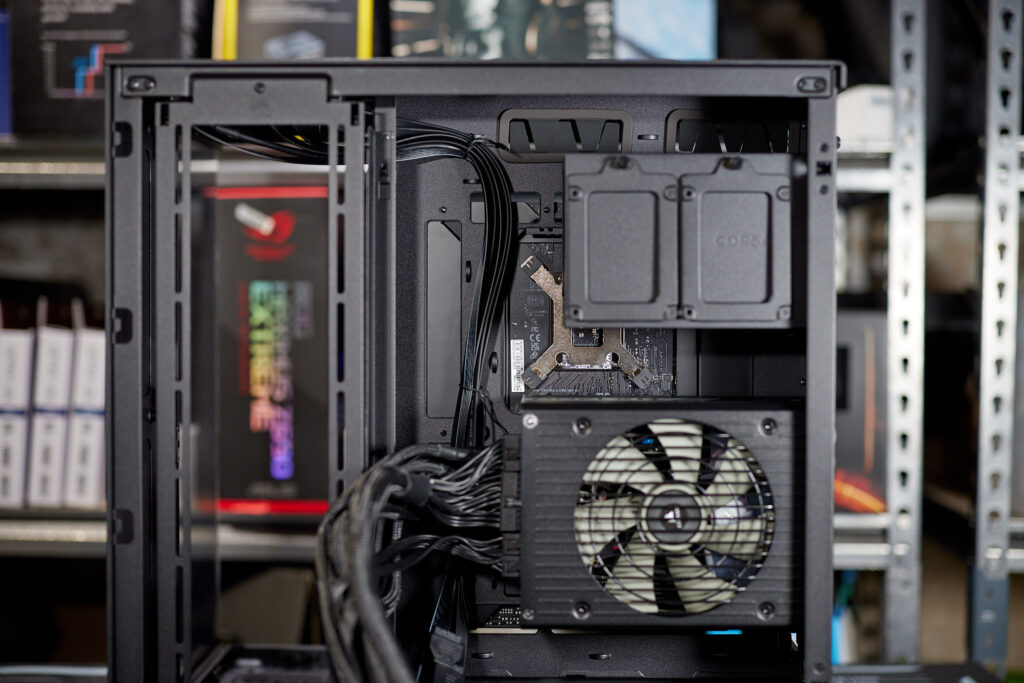
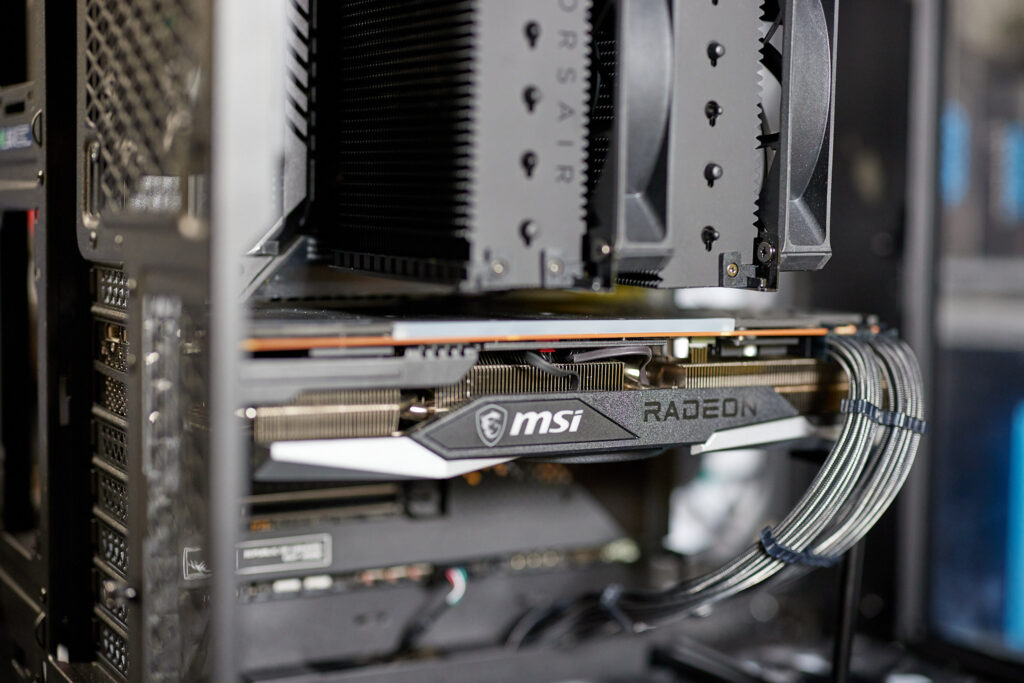
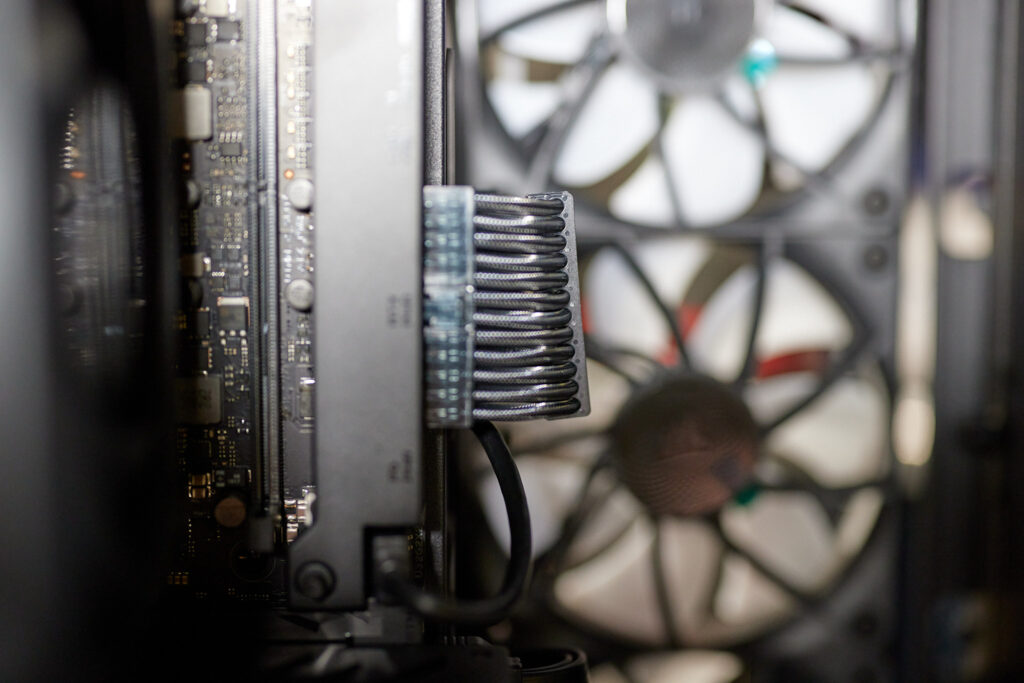
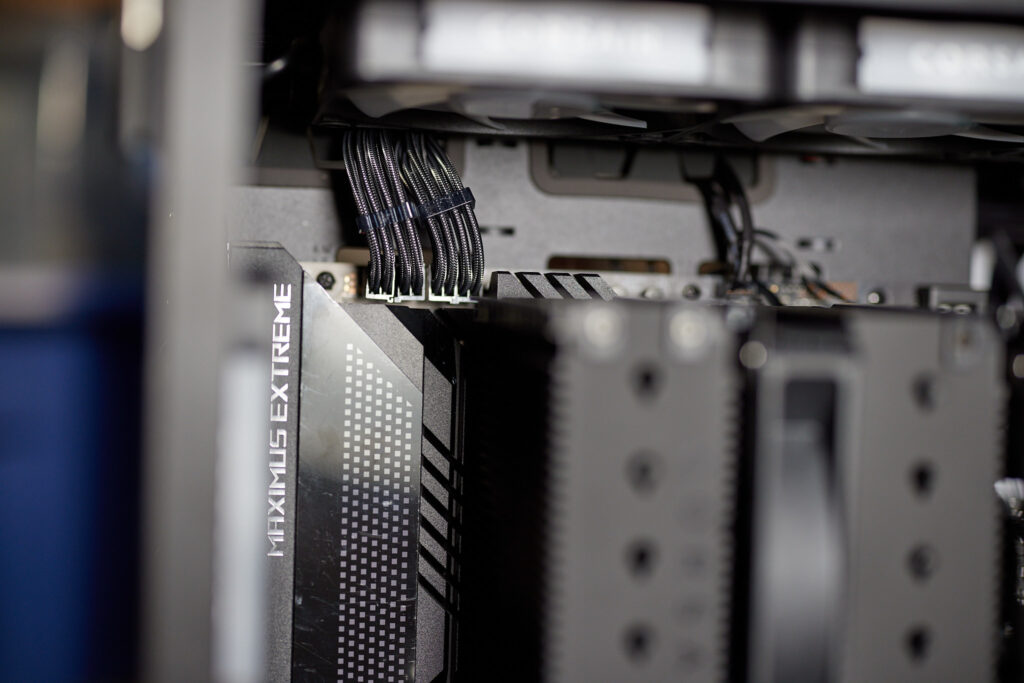
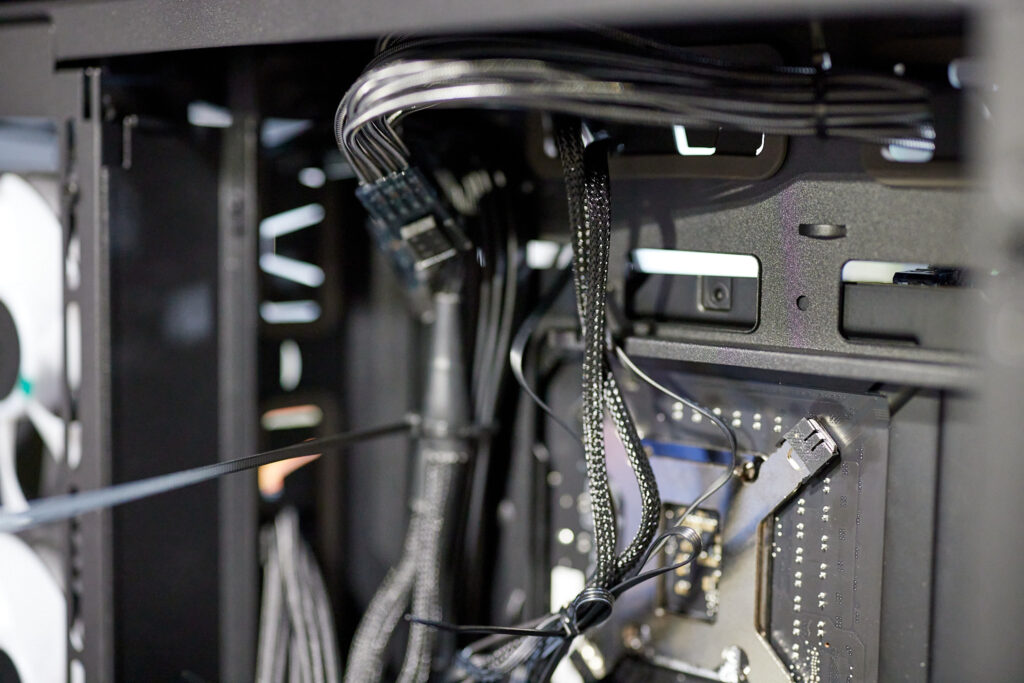

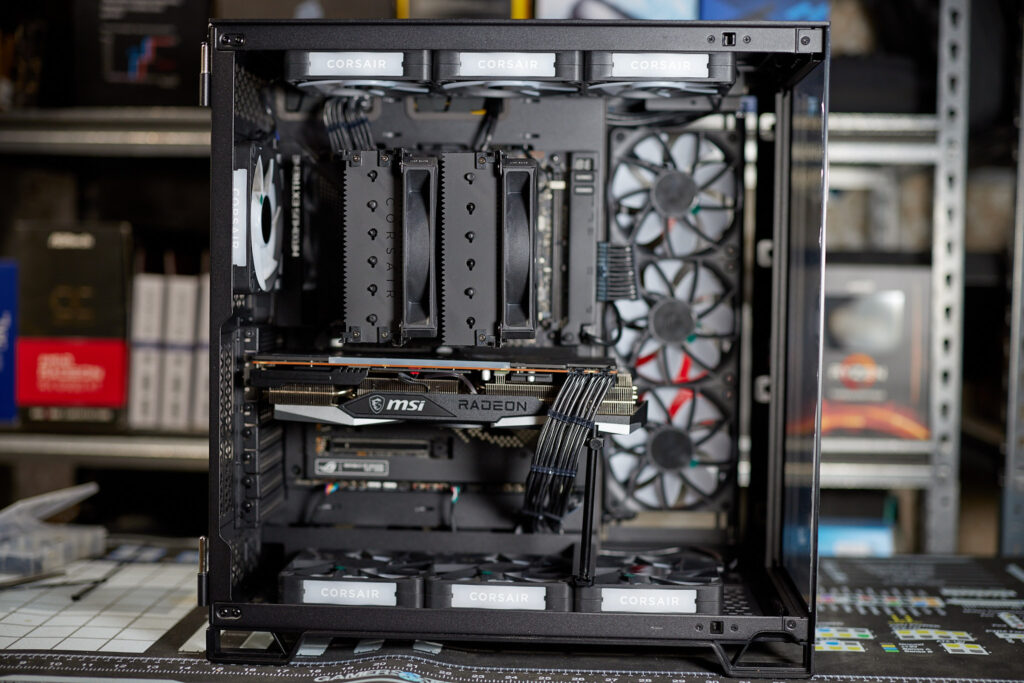
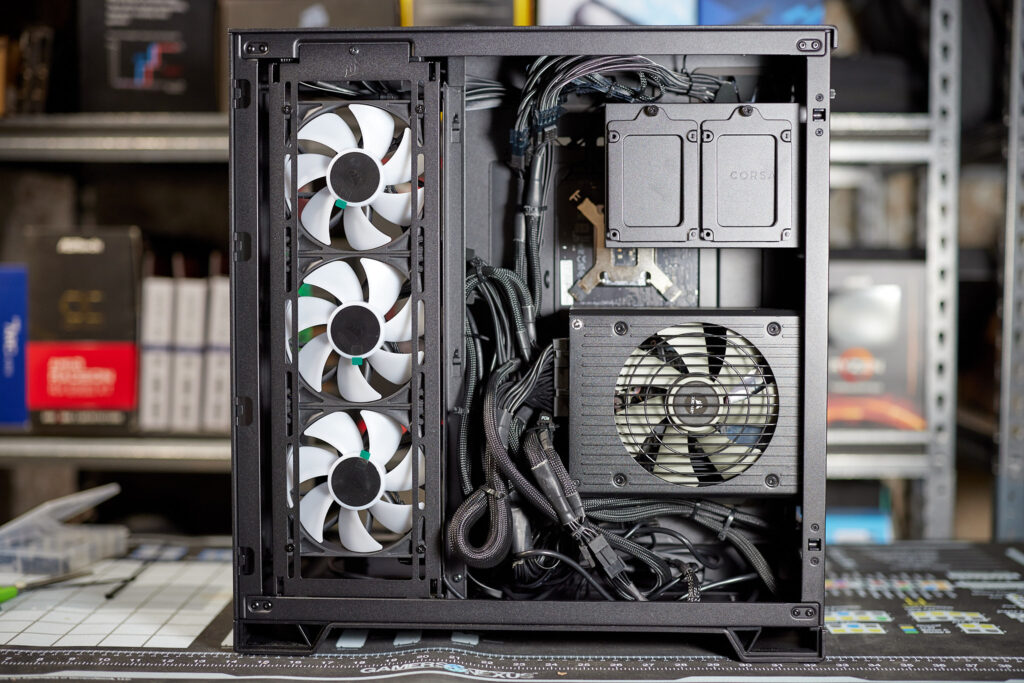
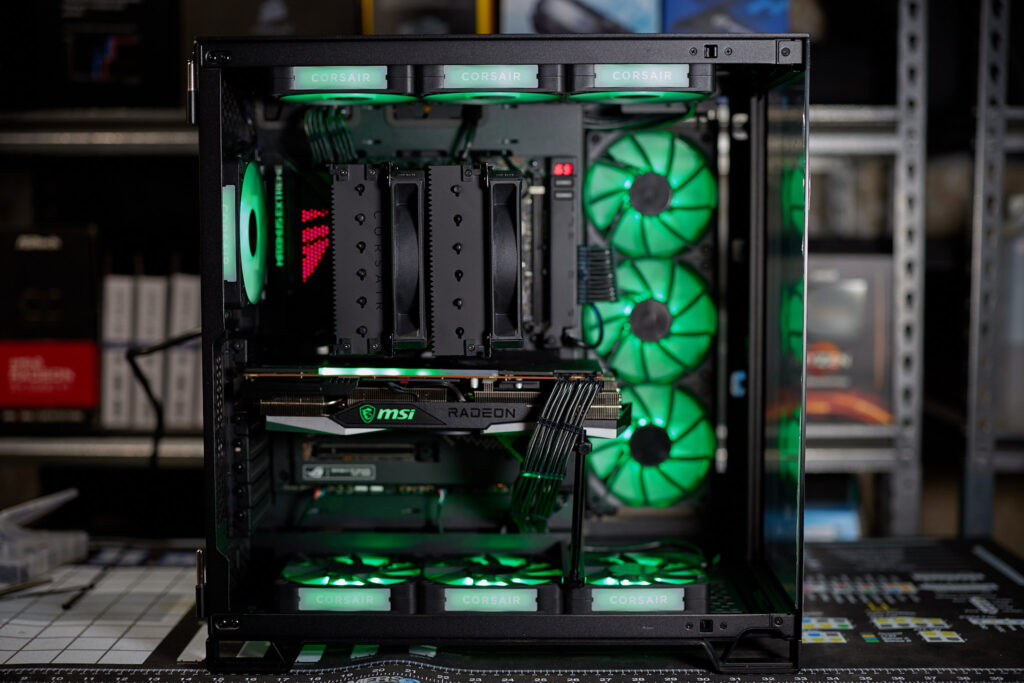

The final build showcases Corsair’s engineers’ achievements with the 6500X and iCUE LINK RX fans. There is ample room in this case to fit some pretty beefy radiators and even a sensor panel. The 6500X was a joy to build in and I am already conjuring what I will add to it.
Corsair iCUE Software
The Corsair iCUE software is the essential hub of all things Corsair. Not only does it control the RGB lighting, and fan speed, but it also offers important sensor information from your computer. On the surface the software may appear basic, however, there is a lot of hidden depth. For example, you can use the default cooling profiles or create your own for each fan or iCUE compatible device.
Performance Testing
System Specifications:
CPU: Intel i9 14900KS
Motherboard: ASUS ROG Maximus Z690 Extreme
CPU Cooler: Corsair A115 Tower Air Cooler
GPU: MSI RX 6800 XT Gaming Trio X
RAM: Corsair Vengeance 5600MTs 32GB (2 x 16GB)
PSU: Corsair HX1200 80PLUS Platinum
Ambient Temp: 50F (Spring)
Windows 10 Pro
Additional Testing Methodology
The Corsair A115 140mm fans were set to a fixed 1300RPM. During testing, only the speed of the 10 RX120 case fans was adjusted.
OCCT 12.1.18
Baseline test at 253W. Corsair RX120 fans set to 1000RPM. The PC was virtually silent with the CPU averaging 88C (94C Max) at 39dB
A happy medium. With the system fans set to 1200RPM and a 253W TDP, the CPU temps peaked to 93C, while the PC remained silent at 42dB
The 14900KS with ASUS’s Multicore Enhancement enabled in the BIOS, with over 300W to be cooled, would cause any air-cooled solution to buckle. 97C average (104C Max) The system fans were set to 1000RPM.
3DMark TimeSpy
Asus Multicore Enhancement enabled. System Fans 1000RPM. CPU Temp 75C/GPU Temp 63C. Results: https://www.3dmark.com/3dm/110288206
Gaming with the system fans set to 1000 to 1200RPM produces great temps and most importantly, low noise.
Considerations
Pedigree
I’ll admit I am a fan of Corsair’s dual chamber cases. I purchased and owned both the 680X RGB and the Air 540. Furthermore, I loved the Air 540 so much, that it housed several of my personal builds over the years. The question I posed to myself was, can the Corsair 6500X live up to its lineage? I believe it does. For instance, the 6500X offers a similar level of possibilities for hidden water pumps and tubing as those previous cases, while having expanded support for different types of motherboards.
Watercooling Purpose-Built
Corsair designed the 6500X to put watercooling setups front and center. With support for three radiators, you will have enough surface area to cool even a 14900KS coupled with a 4090. I am sure there are third-party companies designing distribution blocks for this case. Even if you are not into custom watercooling, Corsair has you covered with the 6500D Airflow variant, which you can convert into a 6500X later with a front panel kit.
It is all about the Ecosystem
Corsair makes using iCUE LINK products, like the RX120 fans in the 6500X, advantageous. You can hide many of your cables using the hidden cable channels in the 6500X; made even better with the iCUE LINK ecosystem due to the single cable interface. Whether you want to be locked into this ecosystem is a question you will have to ask yourself. Conversely, I cannot blame Corsair for creating this ecosystem, as it simplifies building aesthetically pleasing PCs without worrying about conflicting interface standards.
Conclusions
The Corsair 6500 series is an accumulation of the 680X and Air 540 cases that preceded it. The 6500X build quality is excellent. The 6500 series offers a high level of customizability and motherboard standards support, with many options to further expand upon appearance and functionality. On the other hand, those options are costly. Starting at $199.99, I believe that certain accessories should have come bundled with the 6500X. For instance, the RapidRoute Kit.
The iCUE LINK RX120 RGB fans are an example of innovation. They performed well in my testing, even tasked with air cooling the unwieldy, 14900KS at 300 plus watts. I imagine when I put the 14900KS under custom watercooling in the upcoming months, they will be up to the challenge. If you are an RGB snob like myself, you will appreciate the lighting ease of use, and convenience the iCUE LINK ecosystem offers. Gone are the days of oodles of wires coming out of every fan, AIO, waterblock, and more that you have to somehow cable manage. A single cable to power and connect components makes a strong argument to take the plunge into the iCUE LINK ecosystem. There is a cost to the ease of use and convenience. The iCUE LINK RX120 RGB 3-pack kit costs $99.99 and a single fan, $34.99 at the time of writing.
Would I recommend the 6500 series? Absolutely! Like the Air 540 before it, the 6500X will likely be the home of my PC builds for years to come. I would also recommend the iCUE LINK RX fans for both their cooling potential and low noise output. Just be aware of the ecosystem lock-in. As it stands, the Corsair 6500X and iCUE LINK RX120 RGB Fans are must-haves.
Want to discuss this product or give your views and feedback from your own usage? Leave your comments and discuss HERE, on the ExtremeHW Forums (No Sign Up Required)
Like our content? Please consider Donating to help us to continue our writing.



